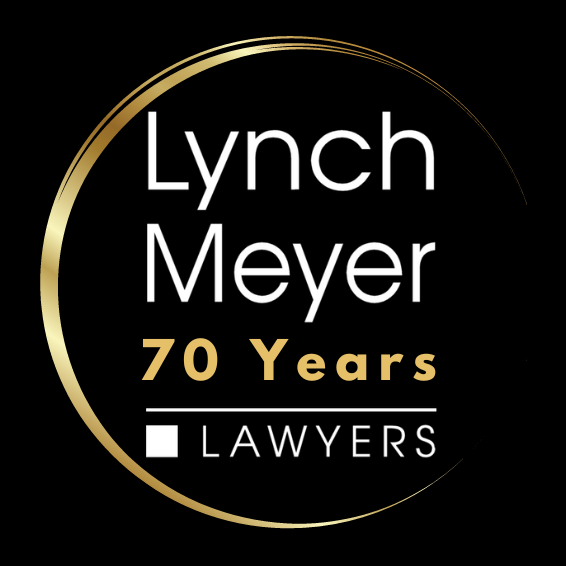Discretionary partnerships and failure to properly implement a structure
Posted on July 03, 2014
In the case of Yazbek v Commissioner of Taxation [2014] AATA 423 (27 June), Mr & Mrs Yazbek established a limited partnership with their company. The partnership was discretionary as to income and capital. That is to say, in each year the partners could determine new distribution ratios of income, capital or both, and those proportions may be different to the starting proportions of each partner. In this way they can determine to distribute out the income and capital of the partnership in the most tax efficient way. Limited liability was achieved.
Mr & Mrs Yazbek owned all of the shares in Rocbit Pty Ltd. They intended to transfer these shares to the discretionary partnership so that they can take advantage of the partnership structure.
One benefit (although not noted in this case) is that an undrawn capital account of a partner is not a loan or financial accommodation for the purposes of Division 7A. Income can be allocated to a corporate partner who pays tax at the company tax rate and can be credited to the partner’s capital account. It does not need to be drawn upon (although typically 30% is drawn to pay the corporate tax). The remainder remains for use in the partnership. Individual or trust partners could debit their capital accounts and access the cash of the partnership. In this way the discretionary partnership offers both the benefits of the corporate tax rate and the flexibility of a discretionary trust.
What went wrong?
The Yazbeks intended to contribute the shares as capital of the partnership. A simple way of doing this would be to contribute these shares to a partnership where they are 99% owners. In this way there would only be a 1% disposal of the shares for the purposes of CGT and stamp duty. Instead, Mr & Mrs Yazbek gave the partnership the benefit of the shares by agreeing to:
- provide the managing partner of the partnership with a power of attorney to deal with the shares;
- permit the shares to be mortgaged or charged by the managing partner of the partnership; and
- apply any income or proceeds of sale of the shares to the business of the partnership.
The Court found that although much of the practical benefit of the shares was transferred to the partnership, there was no transfer of legal ownership or the beneficial interest in the shares. Accordingly, when dividends were declared the dividends were assessed to the owners of the shares – Mr & Mrs Yazbek.
What can we learn?
The following points can be taken as guidance from this case:
- discretionary partnerships are highly desirable and tax efficient structures when established correctly;
- to transfer property into a partnership more than merely agreeing or understanding that the property is transferred is required. The legal documents necessary to effect a transfer must be executed; and
- agreeing to apply the income or proceeds of sale of property is not successful income alienation. There is considerable tax law on how to achieve this successfully – although that is a topic for another day.

